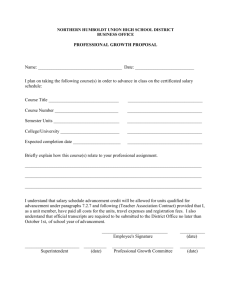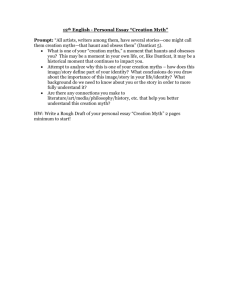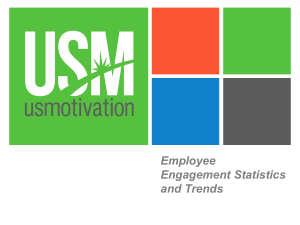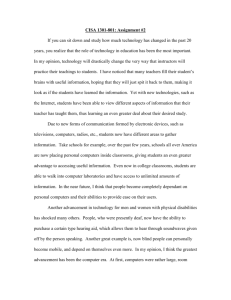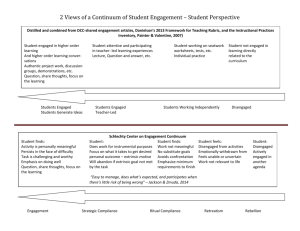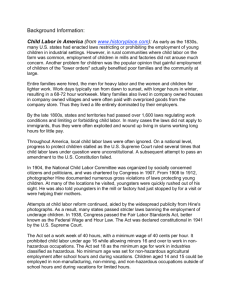HR Hot Topic EMPLOYEE ENGAGEMENT SERIES: Debunking the
advertisement
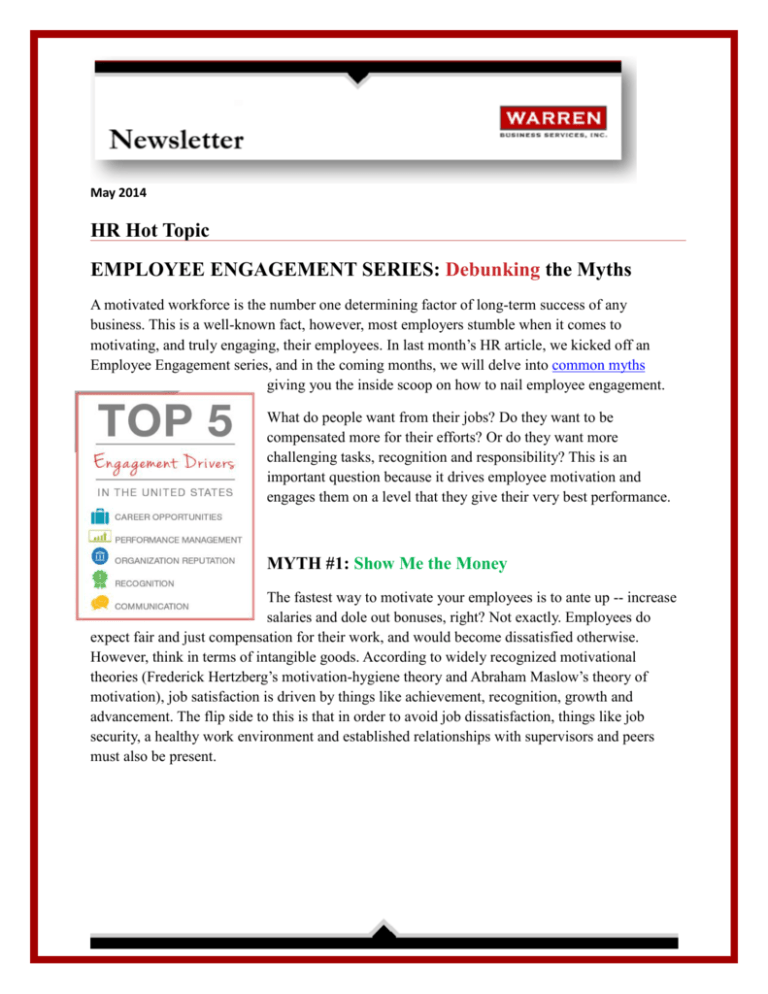
May 2014 HR Hot Topic EMPLOYEE ENGAGEMENT SERIES: Debunking the Myths A motivated workforce is the number one determining factor of long-term success of any business. This is a well-known fact, however, most employers stumble when it comes to motivating, and truly engaging, their employees. In last month’s HR article, we kicked off an Employee Engagement series, and in the coming months, we will delve into common myths giving you the inside scoop on how to nail employee engagement. What do people want from their jobs? Do they want to be compensated more for their efforts? Or do they want more challenging tasks, recognition and responsibility? This is an important question because it drives employee motivation and engages them on a level that they give their very best performance. MYTH #1: Show Me the Money The fastest way to motivate your employees is to ante up -- increase salaries and dole out bonuses, right? Not exactly. Employees do expect fair and just compensation for their work, and would become dissatisfied otherwise. However, think in terms of intangible goods. According to widely recognized motivational theories (Frederick Hertzberg’s motivation-hygiene theory and Abraham Maslow’s theory of motivation), job satisfaction is driven by things like achievement, recognition, growth and advancement. The flip side to this is that in order to avoid job dissatisfaction, things like job security, a healthy work environment and established relationships with supervisors and peers must also be present. May 2014 THE SOLUTION: Engagement Essentials Achievement Recognition Advancement Security Environment Relationships When an employee is effective, in control and an influential decision maker with respect to his or her job, a sense of achievement is gained. In other words, they need to have skin in the game. To take this a step further, a Gallup study highlights that the high performing individuals are those who are identified, or recognized, not only for their most significant contributions but for the small achievements as well. Companies and managers can extend employee retention rate even further with an individualized improvement and career development plan. Training helps employees They need become better at their jobs and validates that the company believes in their ability to succeed. The result is two-fold: opportunities for to have advancement are realized and job security skyrockets. skin in the game Strong relationships are a key component when it comes to an engaged workforce. Closing the gap on distant relationships is done best with a personal touch – host May 2014 birthday parties, Sponsor Company sports teams and encourage after-hours family activities. Aside from their own intrinsic motivation, employees become more engaged with a clear business strategy from senior leadership. Organizational goals funnel into individualized goals whereby an action plan is developed and outlined. An efficient work environment influences the willingness of employees to stay engaged and contributing. Arming your employees with the right tools empowers them to succeed, ultimately underscoring your bottom line. Whether it’s a one-on-one about work flow or hanging a cork board for notes of appreciation, building a culture of engaged employees creates a great place to work. In next month’s article, we will continue our Employee Engagement series and uncover Myth #2!

